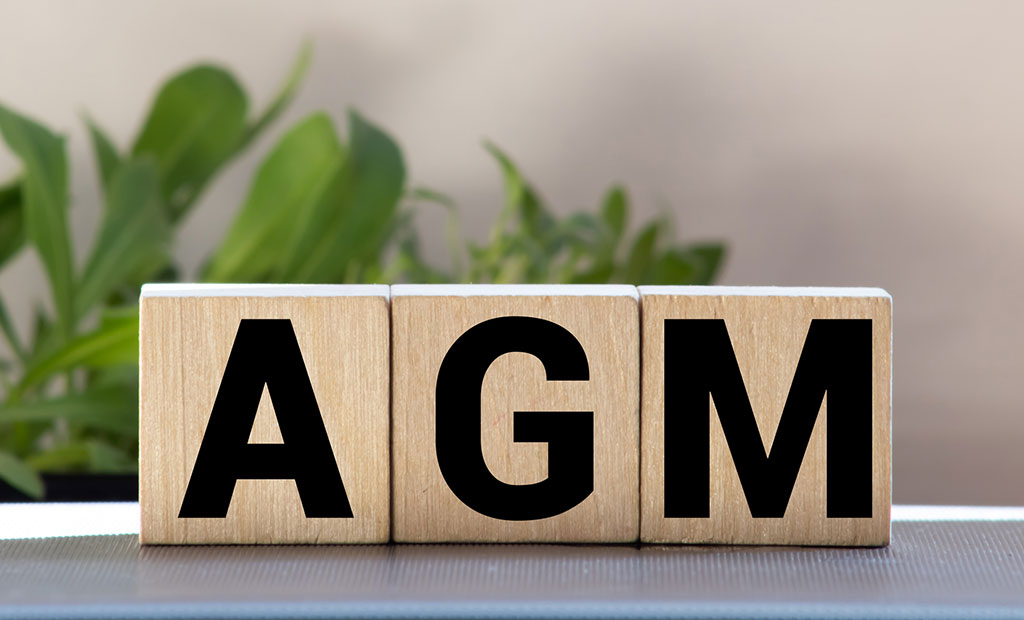The Annual General Meeting (AGM) is a key date in the PTA calendar, giving members a chance to review the past year and vote in a new committee. Here’s what you need to know...
Set the date
Choose a date that makes it easy for as many members as possible to attend. Avoid school holidays, INSET days and anything the school has planned. It’s a good idea to check the head can make it and that any teachers who regularly attend meetings are available, too.
- For more information, download our PDF infographic
Choose a venue
Pick somewhere that’s easy for everyone to get to and has enough space for the amount of people you hope will attend. Most PTAs will use the school hall but a café or pub might work better for some people.
Combine it with another event
To increase attendance, many PTAs choose to hold their AGM alongside another event. Make sure your social event is free to attend so that no one feels excluded based on the cost. Decide how long you would like both the AGM and the social event to last.
Form a quorum
A quorum is the minimum number of members that must attend the AGM for it to be valid. Your PTA’s constitution should specify the number of attendees required for your AGM to be quorate and able to make decisions. Ask each committee member and class rep to bring two people. For many PTAs, the number of attendees should be twice the number of committee members or more, ie if your association has five committee members, then at least ten members must attend.
Give notice
Most PTAs will need to give 21 days’ notice, not including the notice day or the day of the meeting, but check your governing document. Let members know the venue, date, time and expected duration of the meeting. Explain the purpose of the AGM and give the order of business and full names of committee members standing for election or re-election.
You might also include the minutes or highlights of the last AGM and a reply slip for committee nominations with a return date. Either send copies of the chair’s report and accounts to each member, or make them available at the venue before the meeting. Make it clear how to get an item onto the agenda and be clear about the cut-off date for new proposals.
Use all means available to notify members, including the school newsletter, Facebook, noticeboards, letters in book bags, posters on classroom doors, and the school email system.
Compose the agenda
Think about timings and make sure there will be enough time for each agenda item. It’s good practice to circulate the agenda beforehand as part of the notice. The chair should give a report of the past year, highlighting successes, thanking those who have been involved and indicating plans for the year. The treasurer will report on funds raised and how these have been spent. It is usual for all members of the committee to stand down at the AGM, although they can seek re-election.
On the day
Prepare the venue so that attendees will be comfortable, safe and able to see and hear the proceedings. Make sure you have enough printouts of any documents for attendees, such as the treasurer’s report and minutes of the last AGM. It might be useful to have copies of some other documents to hand, such as your welcome pack and constitution.
If you’re holding an event to encourage turnout, make sure you’re ready for that too.
Take minutes
The secretary should take minutes during the AGM. Although they do not have to be a word-for-word record, it is important that the minutes accurately reflect what happened during the meeting. Minutes should provide a summary of the discussion of each agenda item with any action required and the names of those who will implement the action. They should note the names of proposers and seconders of resolutions and details of votes taken. It is particularly important to have clear records of the committee elections and of any decisions made. The minutes of the AGM are approved at the next AGM but you should distribute them to members as soon as you can.
Voting
Decisions at the AGM will usually be made by a majority of votes cast. For most PTAs, the system will be a show of hands. However, for larger groups, or where there are sensitive issues, a secret ballot might be appropriate.







